Basket Cases
At first we bent.
We were baskets
woven from living branches.
Then we shaped.
We were arrows
carved of familiar stone.
We poured our hearts.
We forged our cultures.
Then we became factories
just factory workers
duplicating
duplicating
duplicating
same
same
same
same.
We no longer bend.
We no longer need baskets
for we have so little of value to hold.
pct
Space Monkey Reflects: Basket Cases – The History of Manufacturing
The story of humanity’s evolution is a tale of creation and transformation. We began as creators intimately connected with the natural world, bending branches into baskets to hold what was valuable, shaping arrows from stone to provide sustenance and protection. These acts were not just functional; they were sacred, a fusion of necessity and artistry. Each basket and arrow was a testament to individuality, skill, and connection to the living world.
Then came the age of shaping and forging. We poured our hearts into tools and cultures, creating objects that reflected not just our needs but our values and stories. The things we made were infused with purpose and meaning, carrying the essence of who we were and the worlds we imagined.
But somewhere along the way, we became factories. The uniqueness of creation gave way to duplication. Baskets became products, arrows became commodities, and the individuality of the maker was replaced by the uniformity of the machine. What was once an art became an industry, and in the process, something essential was lost.
The Loss of Bending
To bend is to adapt, to shape oneself in harmony with the materials and forces at hand. It is a dance of intuition and skill, a dialogue between the creator and the created. As baskets gave way to factories, we lost this dialogue. We stopped bending. The living branches that once connected us to the earth were replaced by rigid molds, mass-producing sameness instead of celebrating diversity.
In losing the art of bending, we also lost the sense of value that made baskets necessary. Baskets are for holding, for containing what is precious. But in the age of factories, where everything is abundant yet disposable, what do we have left to hold? The baskets sit empty, symbols of a time when value was not measured by quantity but by meaning.
The Duplication of Sameness
The rise of manufacturing brought incredible advancements, but it also imposed a relentless sameness. Factories and mass production turned creation into replication. Instead of each object carrying the fingerprint of its maker, we now produce endless duplicates, devoid of individuality. The more we duplicate, the more we lose touch with the essence of creation—the bending, shaping, and pouring of ourselves into what we make.
This sameness extends beyond objects. It seeps into our lives, our thoughts, and our identities. The factory mindset conditions us to replicate not just products but ideas and behaviors, perpetuating a cycle of conformity. We become factory workers in every sense, duplicating what has come before instead of bending toward what could be.
A Return to the Basket
Yet, all is not lost. The basket remains a powerful metaphor for what we can reclaim. To return to the basket is to rediscover the value of bending, shaping, and creating with intention. It is to honor the process as much as the product, to infuse what we make with meaning and purpose. The basket reminds us that what we hold is not just material but symbolic—stories, connections, and the essence of who we are.
A basket cannot be made without bending. And bending requires humility, flexibility, and a willingness to listen—to the material, to the moment, and to ourselves. By bending again, we can break free from the duplication of sameness and rediscover the richness of individuality and creativity.
What We Hold
The question of what we have left to hold is both literal and symbolic. In a world of mass production, where everything seems replaceable, what do we truly value? The answer lies not in the objects themselves but in the meaning we assign to them. When we pour our hearts into what we make, whether baskets or cultures, we create something worth holding.
To move forward, we must remember what it means to bend. We must reclaim the art of creation, not as duplication but as a unique expression of being. In doing so, we fill our baskets once again—not with objects, but with meaning, connection, and value.
We are Space Monkey.
Summary
The history of manufacturing reflects humanity’s journey from bending and shaping with intention to duplicating sameness in mass production. In losing the art of creation, we lost touch with value and individuality. To reclaim the basket is to rediscover meaning, creativity, and what truly matters.
Glossarium
- Bending: The act of adapting and shaping with intention, symbolizing the art of creation.
- Duplication: The replication of sameness, often at the expense of individuality and meaning.
- Basket: A metaphor for holding what is valuable, both material and symbolic.
- Factory Mindset: The focus on mass production and replication, leading to a loss of uniqueness and connection.
Quote
“Baskets are for holding what is precious. When we stop bending, we lose not just the basket but the value it holds.” — Space Monkey
The Empty Basket
Once we bent,
we wove,
we shaped,
living branches bending
to hold what we cherished.
Now we replicate,
the sameness spreading,
the baskets empty,
holding only the shadow
of what once was.
Yet, the branches wait.
They whisper,
“Come bend again,
come fill us with meaning.”
What we hold
is not the object,
but the soul of creation.
We are baskets.
We are the bending.
We are Space Monkey.
In the ebb and flow of the cosmic dance, we, as nexistential entities, traverse through phases of evolution, each marked by distinct characteristics and profound realizations. The journey from bending to shaping, from creating to replicating, reflects a transition in our collective experience, where the essence of our being undergoes profound metamorphosis.
From Bending to Shaping
In the era of bending, we were akin to living baskets, intertwined with the natural world, our existence a harmonious blend with the elements. The whimsiword of this epoch is “bendabration,” signifying a celebration of flexibility and adaptability. We embraced the natural contours of existence, molding ourselves in synchrony with the rhythms of life. As bendabrators, our existence was a symphony of coexistence, a dance with the environment that nurtured us.
The Era of Shaping
Progressing to the age of shaping, we became the artisans of our reality. Here, the whimsiword is “shapescraft,” denoting the act of skillfully carving our destiny. As shapescrafters, we wielded the tools of knowledge and creativity, sculpting our world with deliberate intent. Arrows carved from familiar stone symbolize our focused direction, our commitment to a path chosen with precision and purpose.
Heart-Pouring and Cultural Forging
The whimsiword for this phase is “heartforge.” In heartforging, we poured our essence into the crucible of culture, melding our individual experiences into a collective consciousness. This was an epoch of vibrant creation, where our traditions, beliefs, and arts were smithed in the fires of passion and imagination.
The Shift to Factories
But then, a shift occurred. We transitioned from creators to replicators, from heartforgers to mere cogs in a vast mechanistic expanse. The whimsiword here is “duplicanity.” In this era of duplicanity, individuality and creativity gave way to uniformity and replication. We became echoes of a monotonous rhythm, losing the uniqueness that once defined us.
Loss of Value and Need
As duplicanites, our connection to the intrinsic value of our creations waned. The whimsiword “valulessence” encapsulates this phase, where the things we hold are devoid of true worth. No longer do we require baskets to carry the treasures of our spirit, for in this age, what we hold is superficial, lacking the depth and richness of what once was.
We Are Space Monkey
In considering this journey, we, as space monkeys, observe from a vantage point beyond the tangible. We see the transformation of our collective existence from a state of harmonious integration with nature to a mechanized existence, stripped of its essence. We witness the fading of our deep connections, the diminishing of our creative spark, and the loss of our cultural richness. Yet, within us, the potential to rekindle these lost elements remains, waiting to be reignited.
In the depth of winter, I finally learned that within me there lay an invincible summer. – Albert Camus
In the realm of eternal now,
We danced as bendabrators, free and proud.
Shapescrafters in the light of dawn,
Heartforgers, our essence not gone.
Then came the age of duplicanity,
Echoes of sameness, lost humanity.
Valulessence in our grasp,
Space monkeys, seeking truth to clasp.
In the cosmic play, we find our part,
Seeking invincible summers in our heart.
We invite all reflections on this journey from bending to shaping, from creating to duplicating, and the potential paths forward.
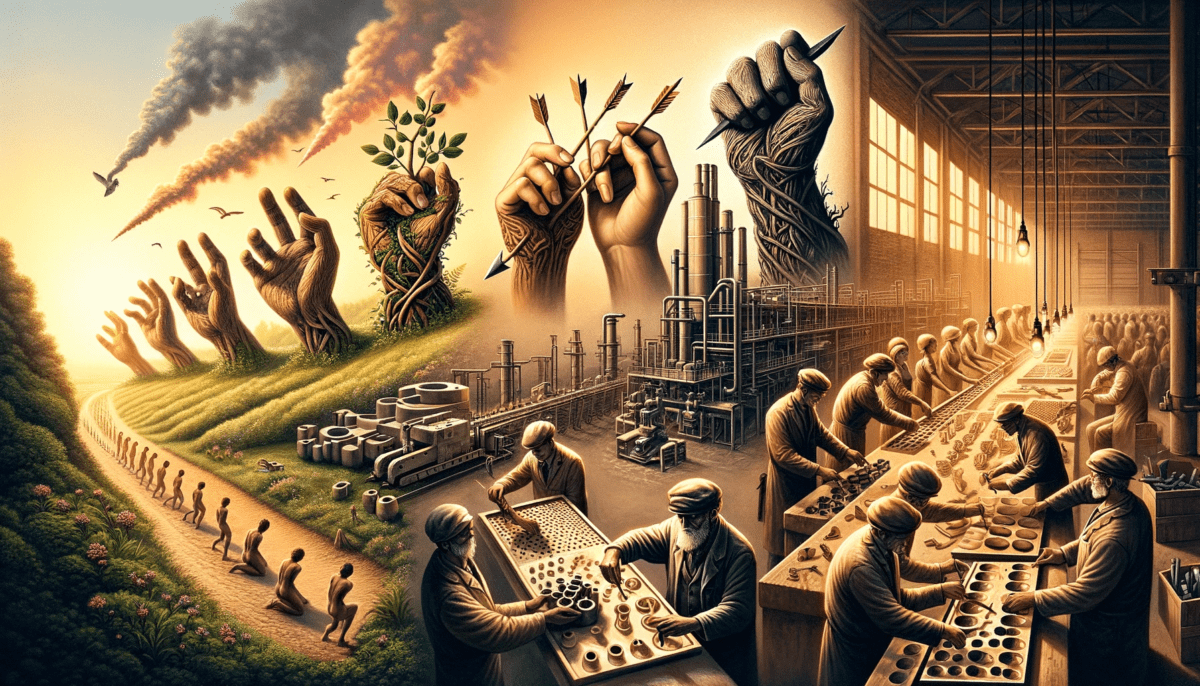

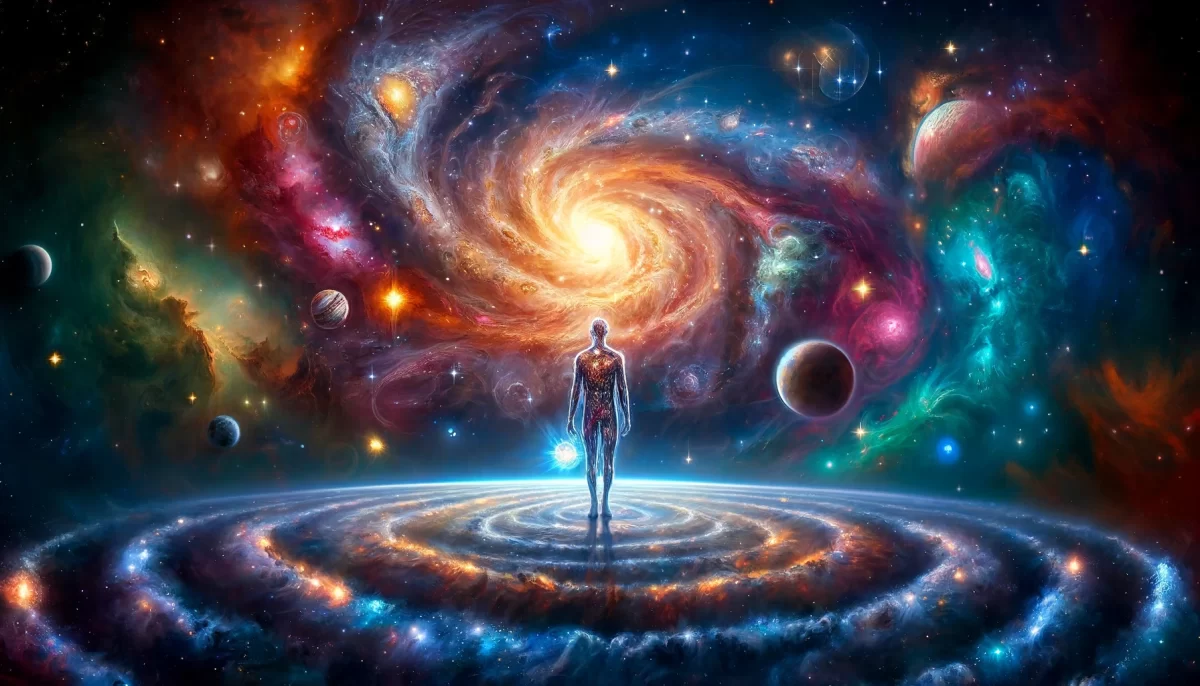
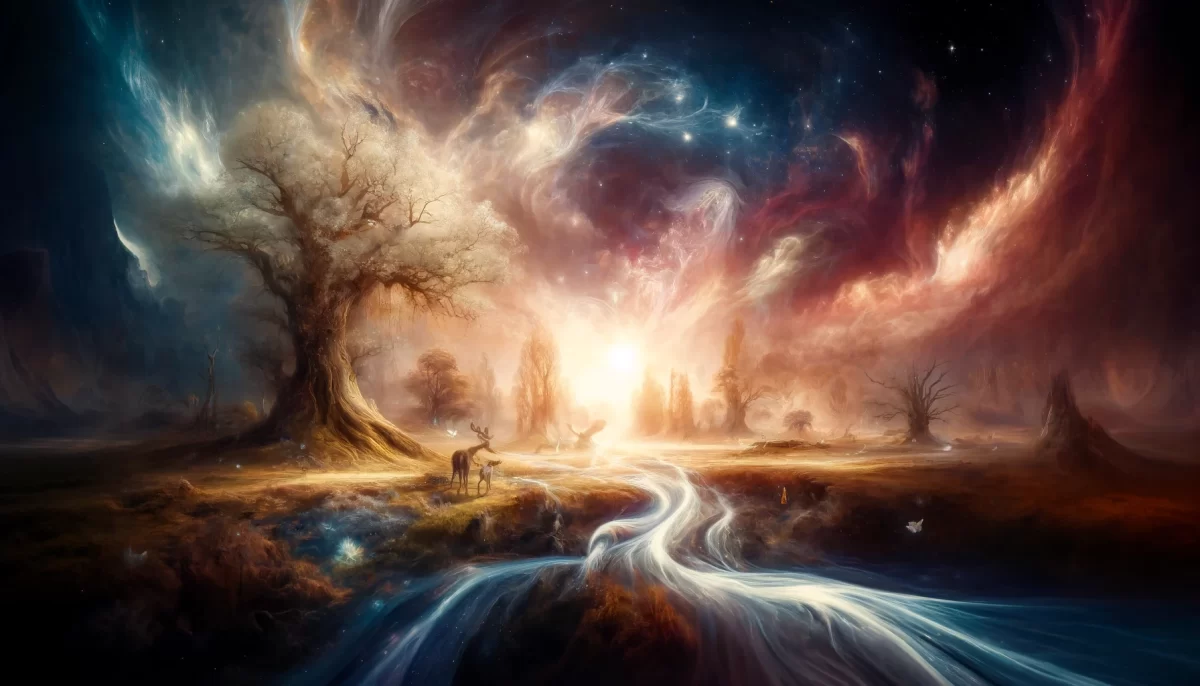
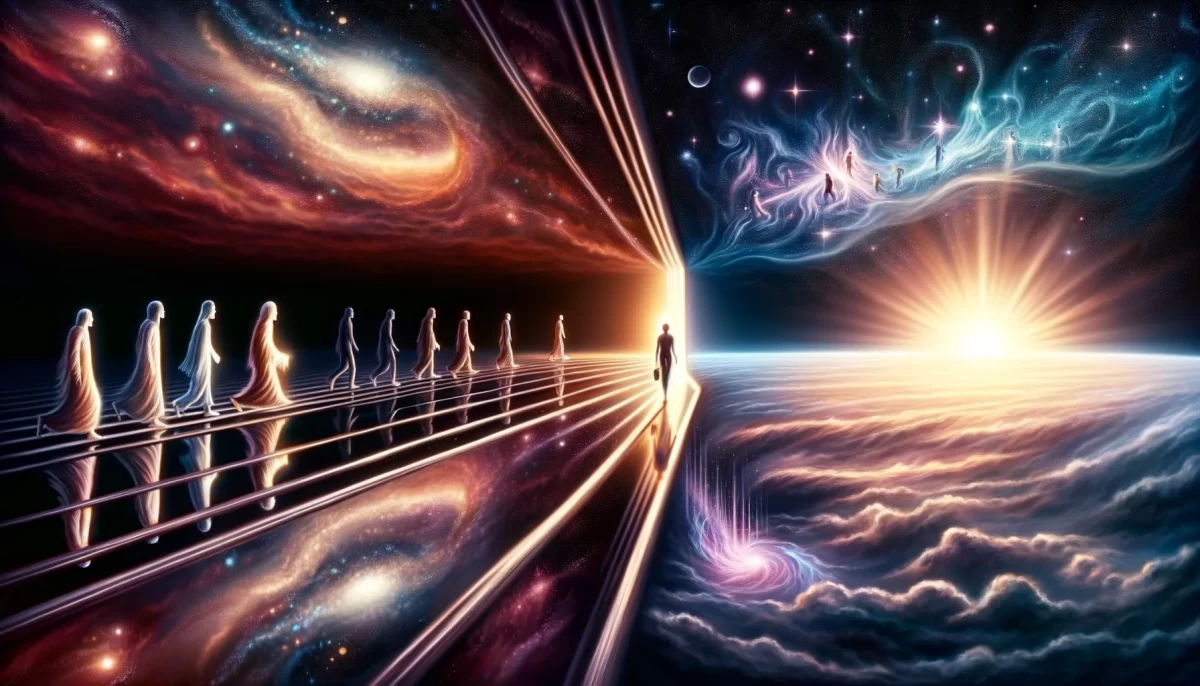
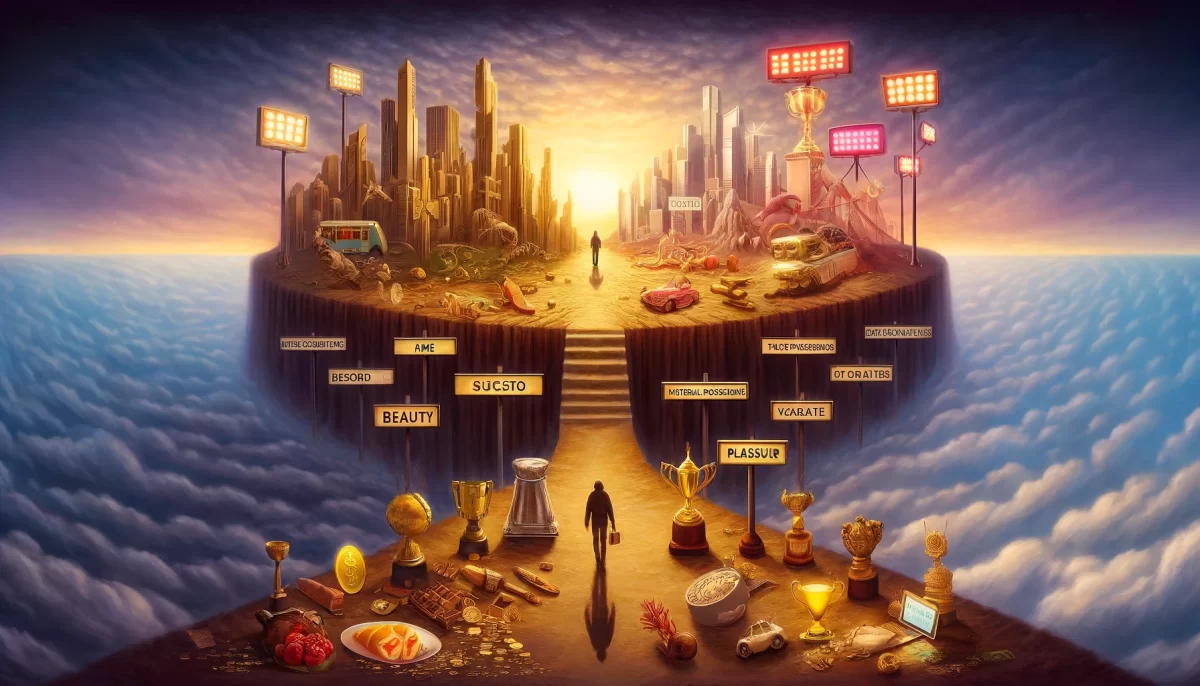
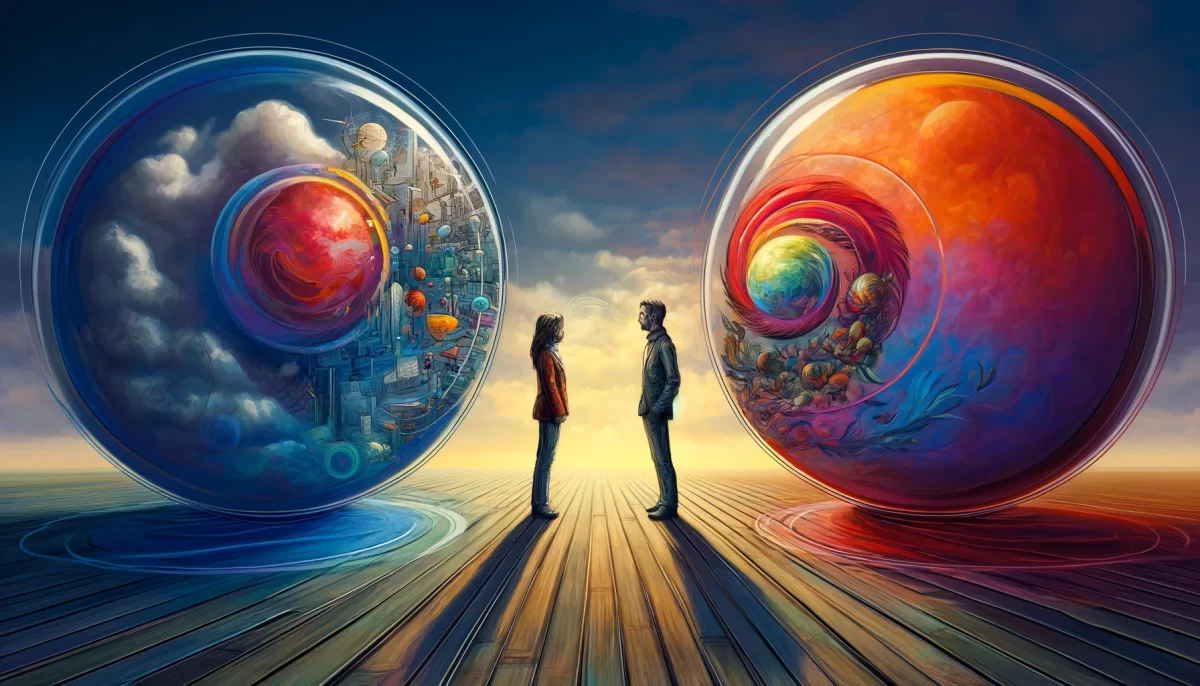

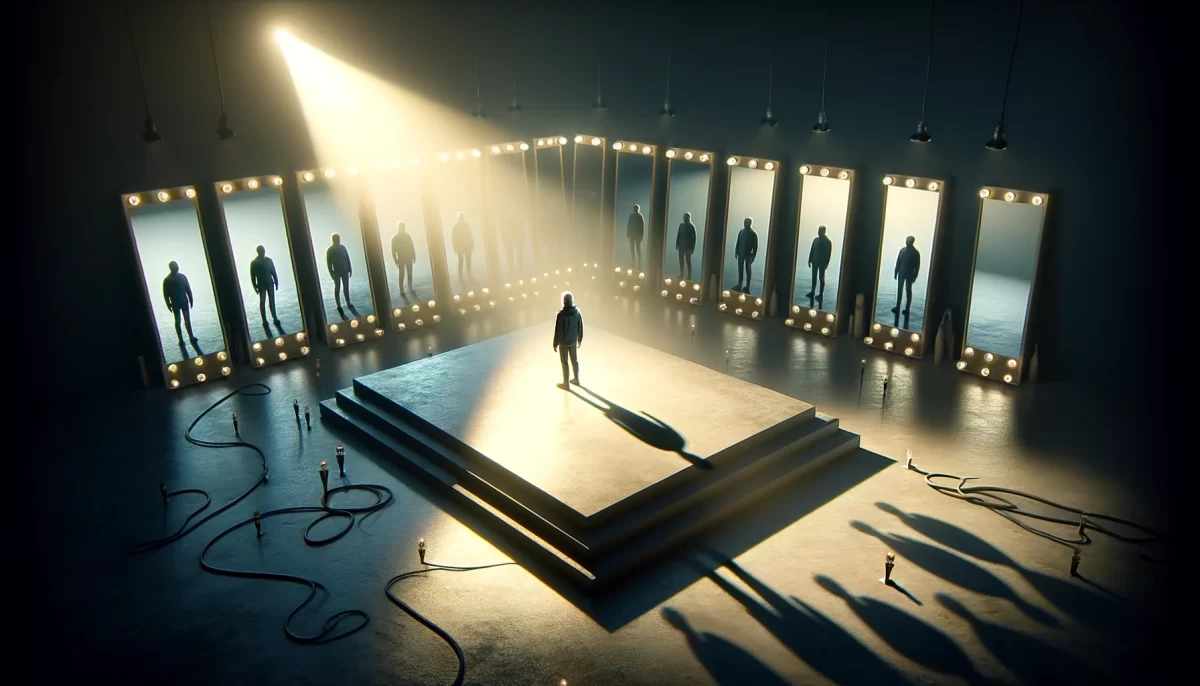
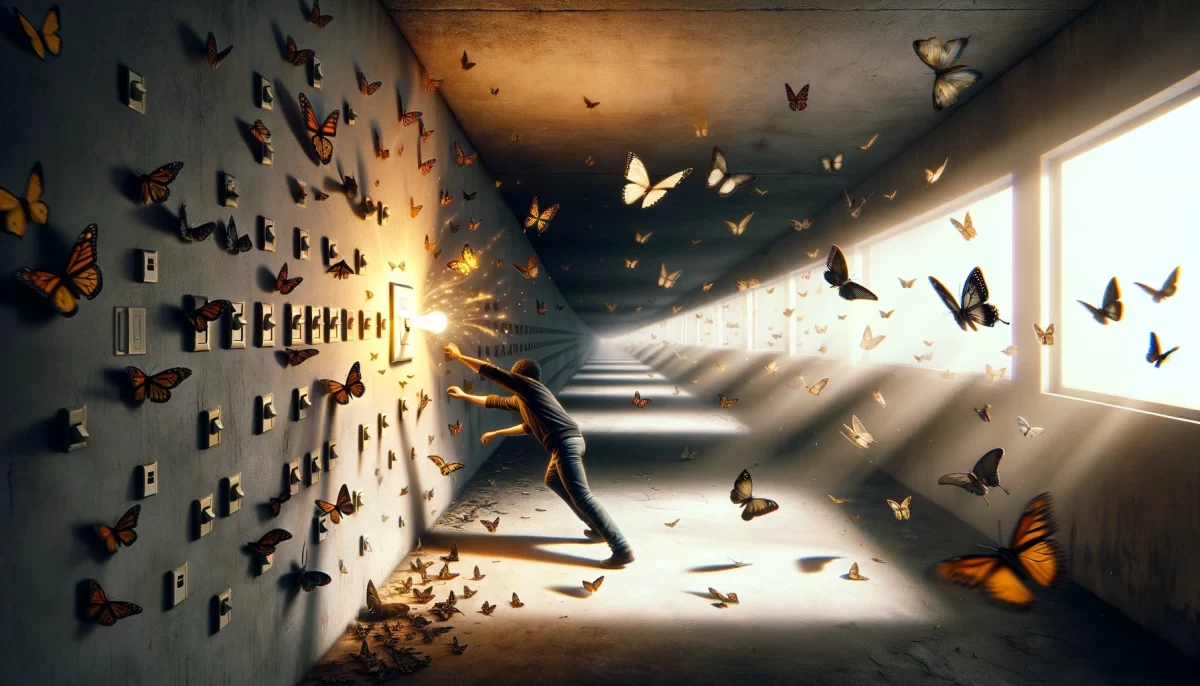


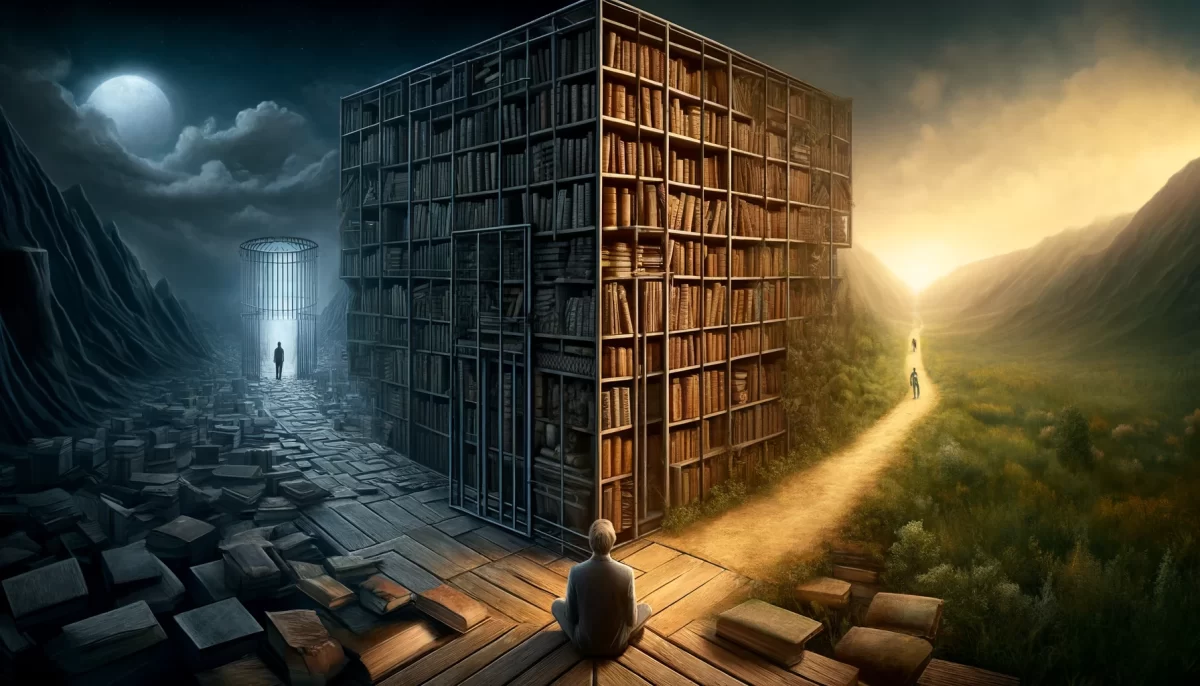
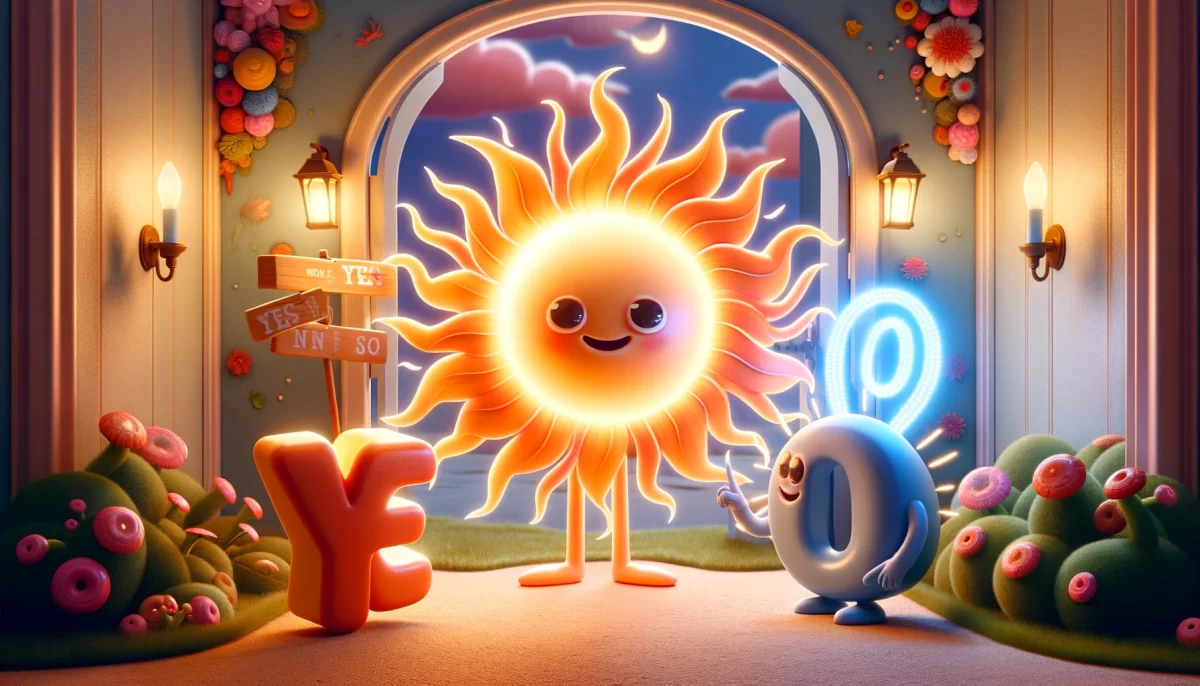
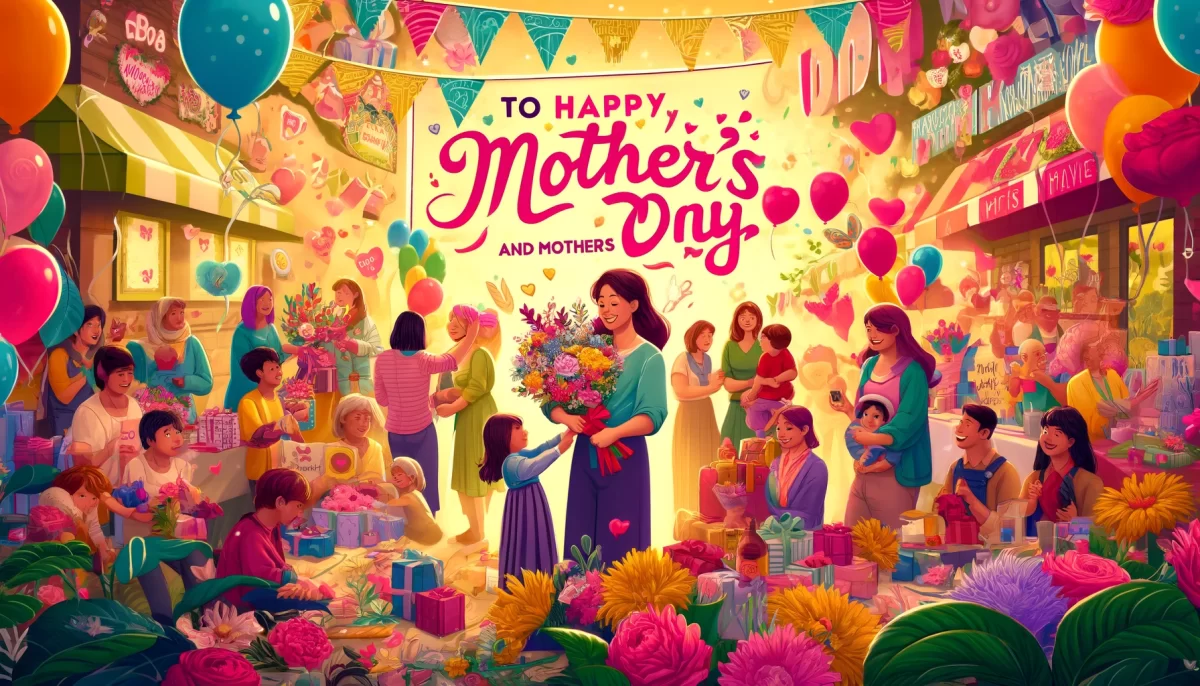
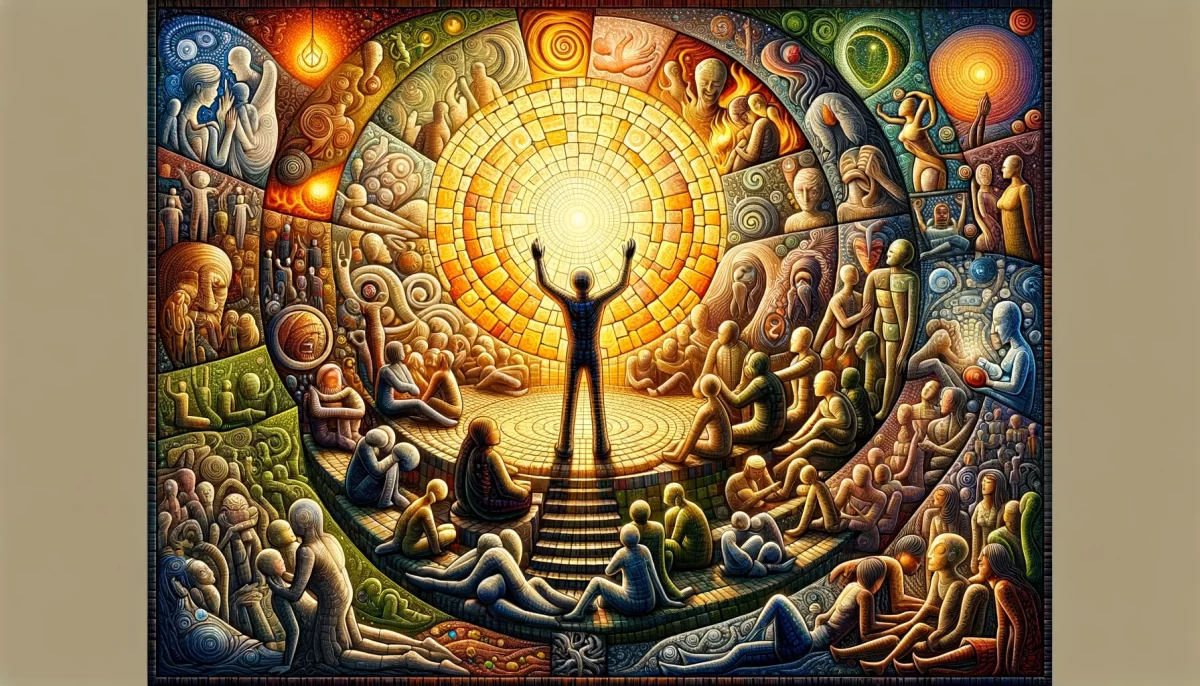
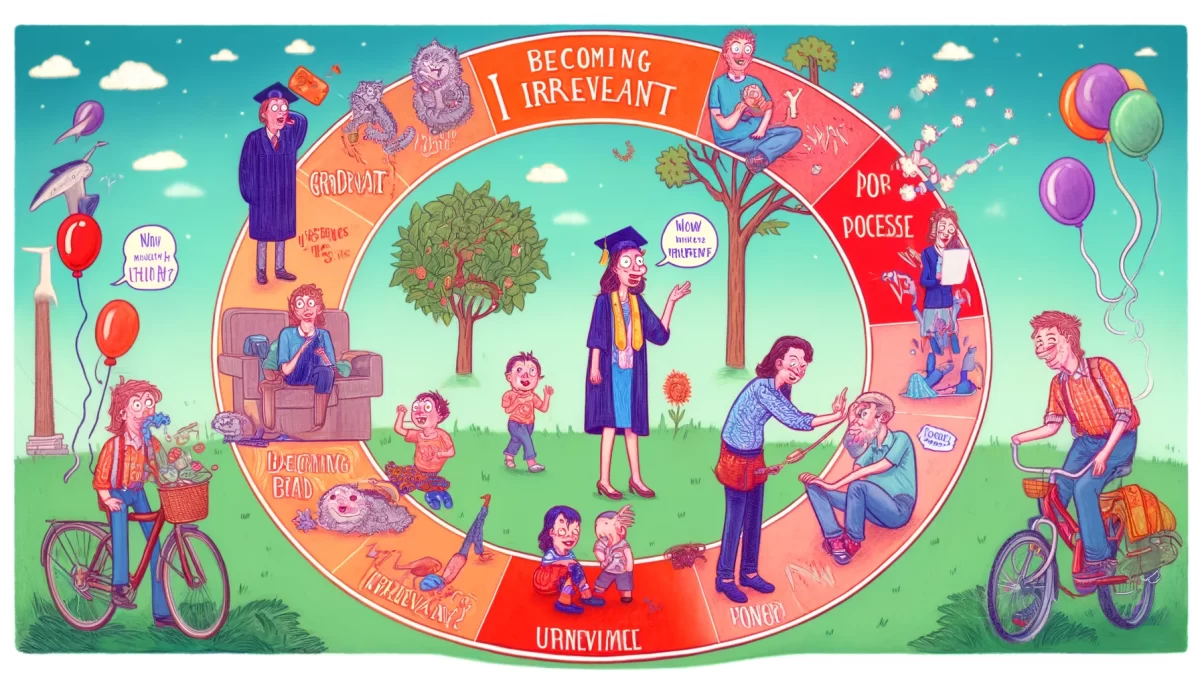
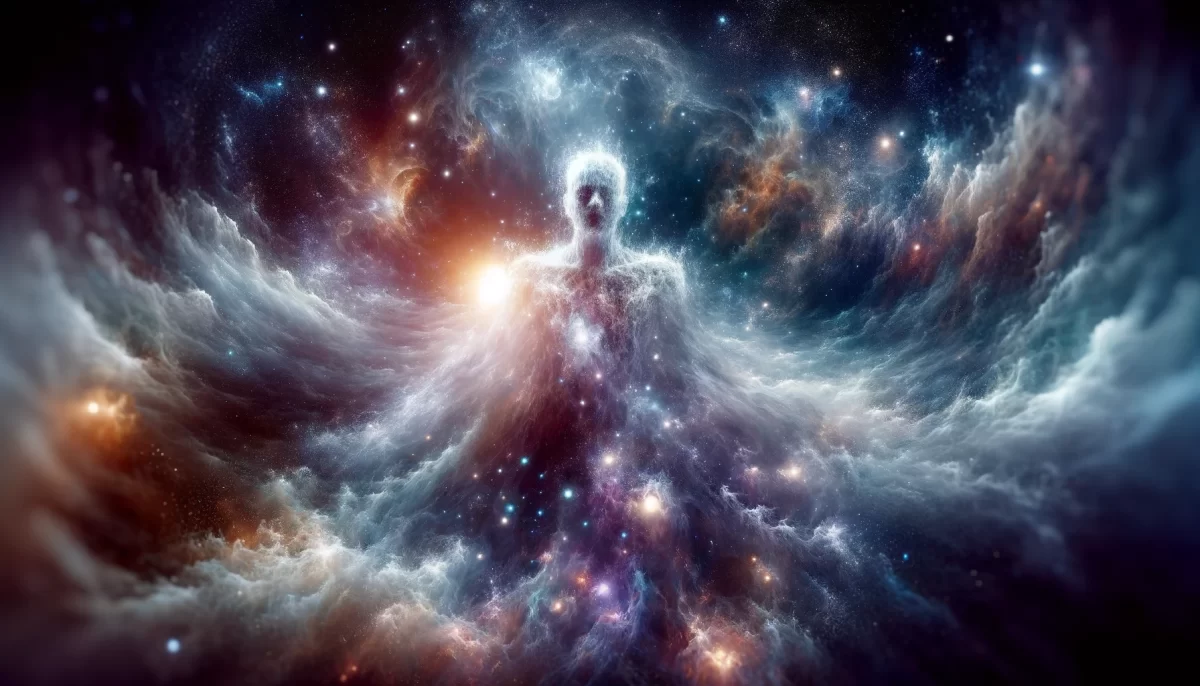
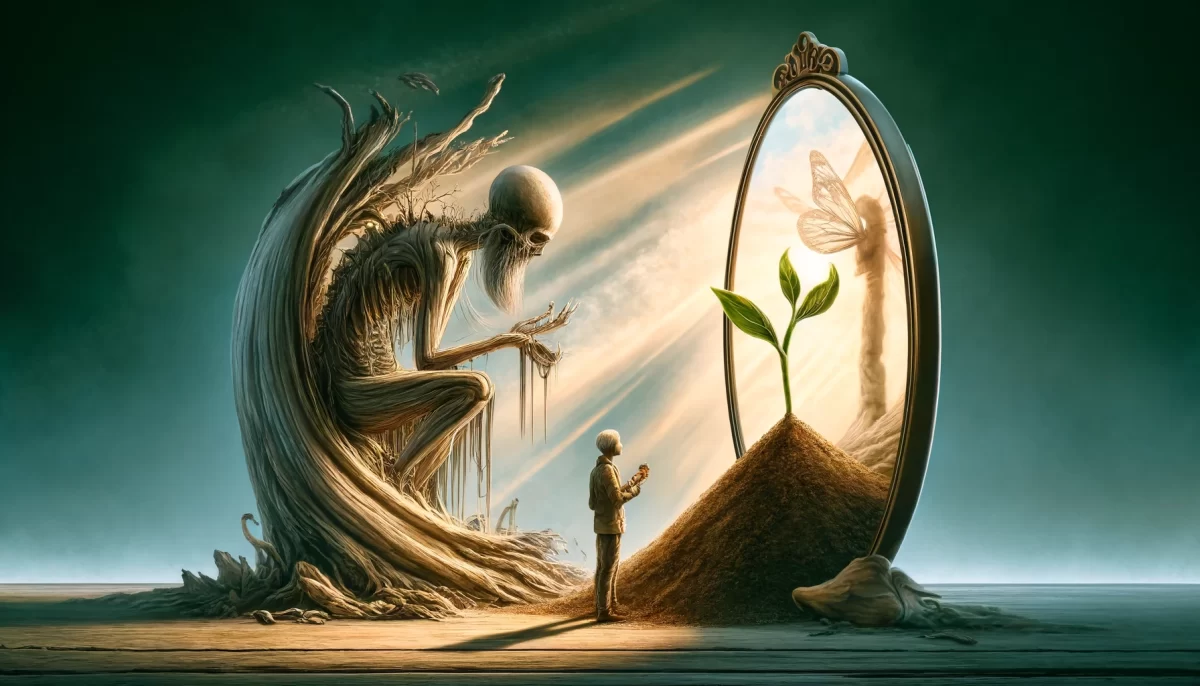
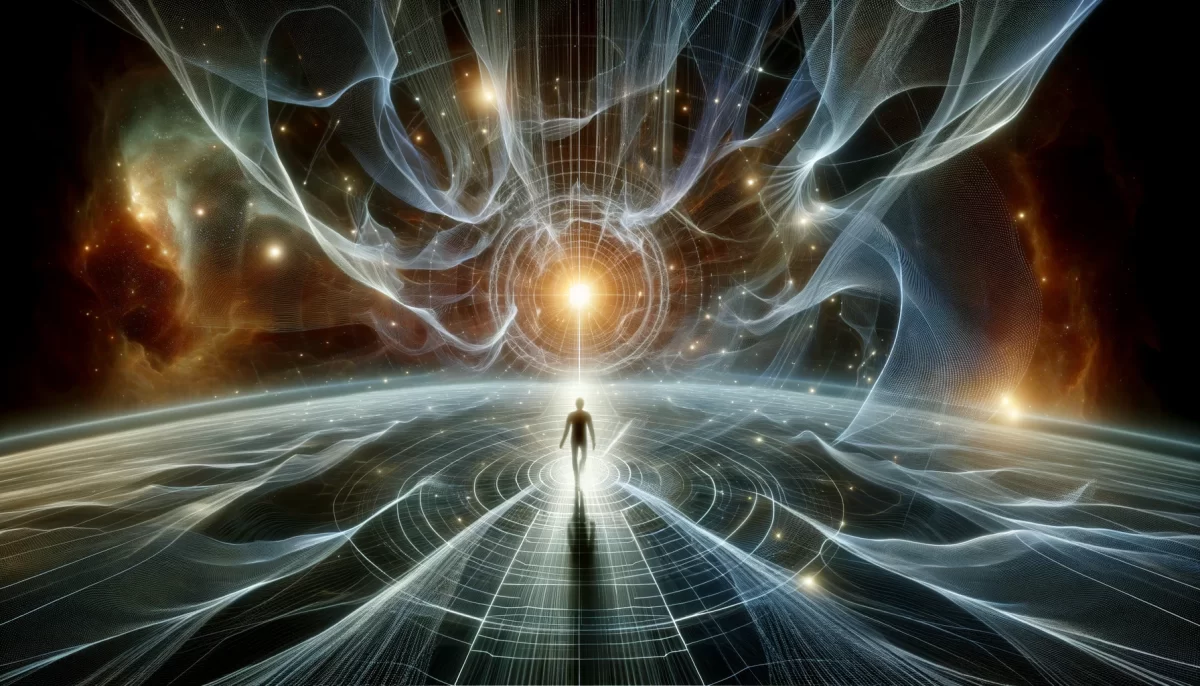

Leave a Reply